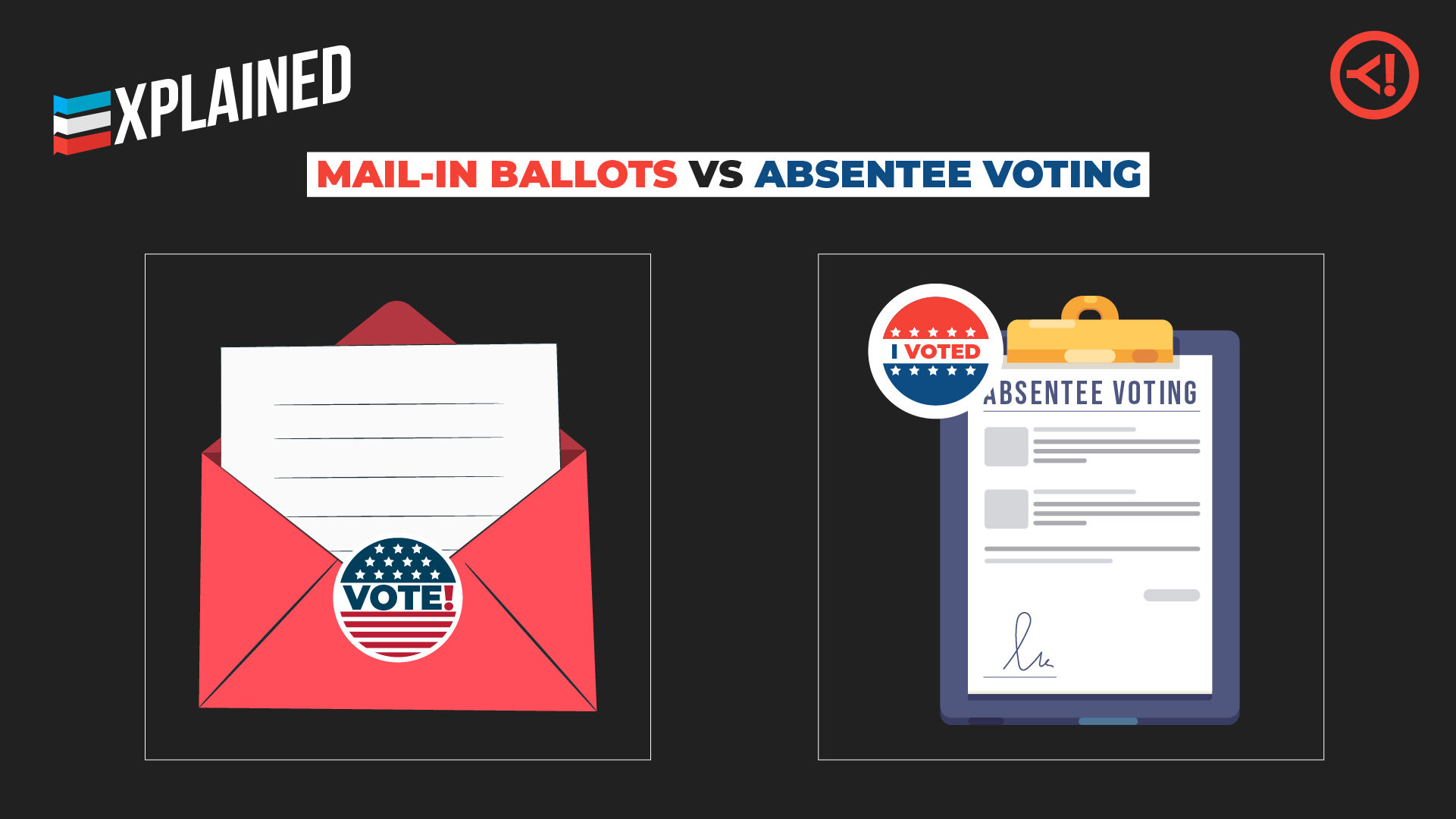The COVID-19 pandemic has considerably changed the way voters cast their ballots, with many of them apprehensive of voting in-person. Luckily, there are several other options, such as mail-in voting and absentee voting.
Although mail-in and absentee voting (the terms are often used interchangeably) are in use for centuries, the number of mailed ballots this year could be more than double as compared to 2016, as per a New York Times analysis.
So, what is the difference between the two forms of voting?
First used during the Civil War (1861-1865), absentee voting can be done in specific circumstances, for eg by a person deployed with the US Armed forces, if one is unwell or is out of town on the election day.
However, due to the global pandemic, at least 35 states have changed their absentee voting policies, allowing every voter to apply for an absentee ballot.
Several states have expanded the criteria and have allowed for ‘no-excuse absentee voting’ — i.e. a voter doesn’t need to explain the reason for availing absentee ballot, as was the norm in the past.
Although the terms absentee voting and mail-in voting are often used interchangeably, mail-in voting is when the states mail ballot to every eligible voter.
In other words, absentee ballots are requested and then mailed when a voter cannot vote in-person. While mail-in ballots allow all voters to vote by mail.
In Colorado, Hawaii, Oregon, Washington, and Utah, all elections are conducted entirely by mail. But due to the COVID-19 pandemic, the provision has been adopted by several other states.
(Making sense of the US elections can be a bit baffling. Opoyi explainers help you navigate laws and processes by answering some frequently asked questions)







